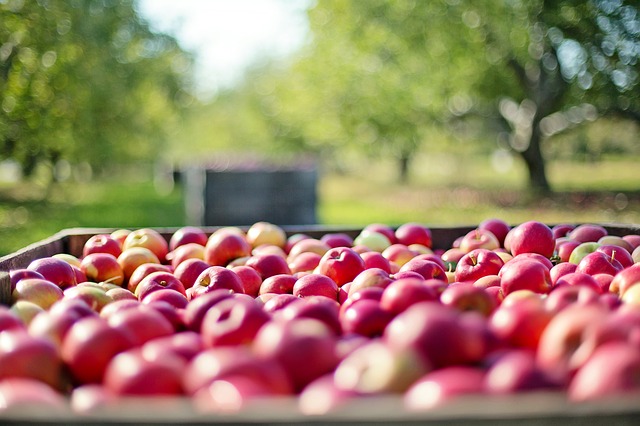September 11, 2017
Real Estate Investment Trust (REIT) Gladstone Land is amidst an undeniable acquisitive streak, announcing the company’s acquisition of a 746-acre organic permanent crop farm in Walla Walla, Washington, for $9.5 million.
The company continues to diversify its farmland portfolio both by crop type and by geography as it adds its first permanent crop farm in Washington State, growing apples, wine grapes, and cherries. This transaction brings the company’s farmland portfolio to 72 farms comprised of 61,794 acres across nine different U.S. states with a value of $531 million.
Upon closing, Gladstone Land followed its established business model, and assumed a lease with six years remaining with a leading farm operator currently operating the farm.
“The Walla Walla growing region within the Columbia River Basin is one of the most diverse growing regions in the world,” said Bill Reiman, managing director of Gladstone Land. “We are fortunate to pair with a highly-regarded tenant-partner who has over three decades of operating experience.”
It’s an Organic Experience
This deal reflects Gladstone Land’s ongoing strategic focus on adding organic land to its portfolio.
Organic sales on the U.S. market reached $47 billion last year, according to the 2017 Organic Industry Survey conducted by the Organic Trade Association. Of all organic categories, organic food sales saw the greatest increase – jumping by $3.3 billion or 8.4 percent over the previous year; but more importantly – of all organic foods, organic fruits and vegetables accounted for 40 percent of all sales.
Furthermore, on the same day as Gladstone’s announcement was made public, news was published of a new breakthrough study directed by Northeastern University in collaboration with The Organic Center that found that soils on organic farms stored significantly larger amounts of carbon for longer periods of time compared to soils on traditional farms. On average, soils from organic farms were found to have 44 percent higher levels of humic acid – the soil component that stores carbon in the long term.
“This study is truly groundbreaking,” Dr. Jessica Shade, director of Science Programs for The Organic Center, said in a release announcing the findings. “We don’t just look at total soil organic carbon, but also the components of soil that have stable pools of carbon – humic substances, which gives us a much more accurate and precise view of the stable, long-term storage of carbon in the soils.”
“To our knowledge, this research is also the first to take a broad-view of organic and conventional systems, taking into account variation within management styles, across crops, and throughout the United States. It gives a large-scale view of the impact of organic as a whole, throughout the nation,” said Dr. Shade.
Additionally, Food Dive reports that TechSci Research expects the global organic food market to see a compounded annual growth rate (CAGR) of 14 percent between now and 2021, and a report issued by the Organic Trade Association in March of this year found that organic food sales in the U.S. topped $40 billion per year in 2016, and that more than 80 percent of U.S. kitchens now contain organic food items.
Armed with these numbers and newly released data, by acquiring established organic fruit and vegetable operations with multi-year leases, Gladstone is able to gain exposure to the organic segment without having to invest the multiple years and capital associated with transitioning mainstream farmland to organic production.
“We have built our farmland portfolio on the thesis that continued growing demand for fresh fruits & vegetables and nuts will make the finite supply of farms that produce these crops more valuable over time,” said David Gladstone, president and CEO of Gladstone Land.
Indeed, organic apple production in the state of Washington was up by 41 percent last season, according to the Washington State Tree Fruit Association, and organic apples and pears account for nine percent of the entire output of the industry, reports The Packer.
“This is another farming area that is in high demand by growers. We believe the addition of this particular farm will provide us with steady value appreciation and additional income, which should help us achieve our goal of continuing to increase our distributions to stockholders.”
-Lynda Kiernan

Let GAI News inform your engagement in the agriculture sector.
GAI News provides crucial and timely news and insight to help you stay ahead of critical agricultural trends through free delivery of two weekly newsletters, Ag Investing Weekly and AgTech Intel.




